The Basilica of Ephesus: Commercial and Administrative Center of the City
The Basilica of Ephesus, located on the northern side of the State Agora, is a typical example of Roman architecture designed for commercial and administrative purposes. Stretching 160 meters in length, this monumental structure stands out for its functional design and decorative architectural details, such as Ionic columns adorned with bull heads, dating back to the 1st century AD.
History and Purpose of the Basilica
Built as a typical Roman basilica, this building served as a center for trade and business exchanges, as well as for court meetings. Its strategic location within the State Agora complex underscores its importance in the economic and judicial life of Ephesus.
Reconstruction by Emperor Augustus
The Basilica is believed to have been reconstructed by Emperor Augustus, who added architectural and decorative elements to reinforce its role as a symbol of imperial power and Ephesus’s prosperity. However, it was later destroyed by an earthquake, leaving behind ruins that still reflect its former grandeur.
Design and Architecture
The Basilica consisted of a central nave flanked by three aisles, separated by Ionic columns. These columns are decorated with bull-head motifs, reflecting the cultural and artistic influences of the Roman era.
Architectural Features
- Length: 160 meters, making it one of the longest structures of its kind in Ephesus.
- Ionic Columns: Decorated with bull heads, a symbol of strength and power.
- Doors: Three main entrances connecting the basilica to a Stoa that led to the Varius Baths.
Statues of Augustus and Livia
At the eastern end of the basilica stood statues of Emperor Augustus and his wife Livia, emphasizing the connection between this structure and the imperial cult. These statues are now exhibited in the Ephesus Museum, where they remain a testament to the importance of the imperial family in the city’s life.
Function and Usage
The Basilica was a multifunctional space that hosted various economic and administrative activities. From commercial meetings to court proceedings, this building served as a central hub for the citizens of Ephesus.
Center of Trade and Justice
The design of the basilica allowed for multiple activities to occur simultaneously. While the central nave was used for meetings and trials, the side aisles served as spaces for commerce and the negotiation of goods.
Current State and Excavations
Although it was destroyed by an earthquake, the ruins of the basilica offer a fascinating glimpse into its original design and its role in Ephesus’s life. Excavations continue to reveal details about its construction and usage over the centuries.
A Monument in Reconstruction
Archaeological efforts have preserved and documented key elements of the basilica, such as its decorative columns and the layout of its doors. These investigations help visitors imagine what this impressive building might have looked like in its prime.
Tips for Visiting the Basilica
- Location: Northern side of the State Agora, within the archaeological complex of Ephesus.
- Best time to visit: Early morning or late afternoon to avoid the heat and enjoy optimal lighting for photographs.
- Respect the site: Avoid touching the structures or walking outside designated areas to protect this invaluable historical heritage.
Conclusion
The Basilica of Ephesus is a testament to the architectural sophistication and economic and administrative significance of this ancient city. From its imposing Ionic columns to its role as a center of trade and justice, this building reflects the cultural and political wealth of Roman Ephesus. Visiting the Basilica offers an opportunity to explore the heart of public life in one of the most influential cities of the ancient world.
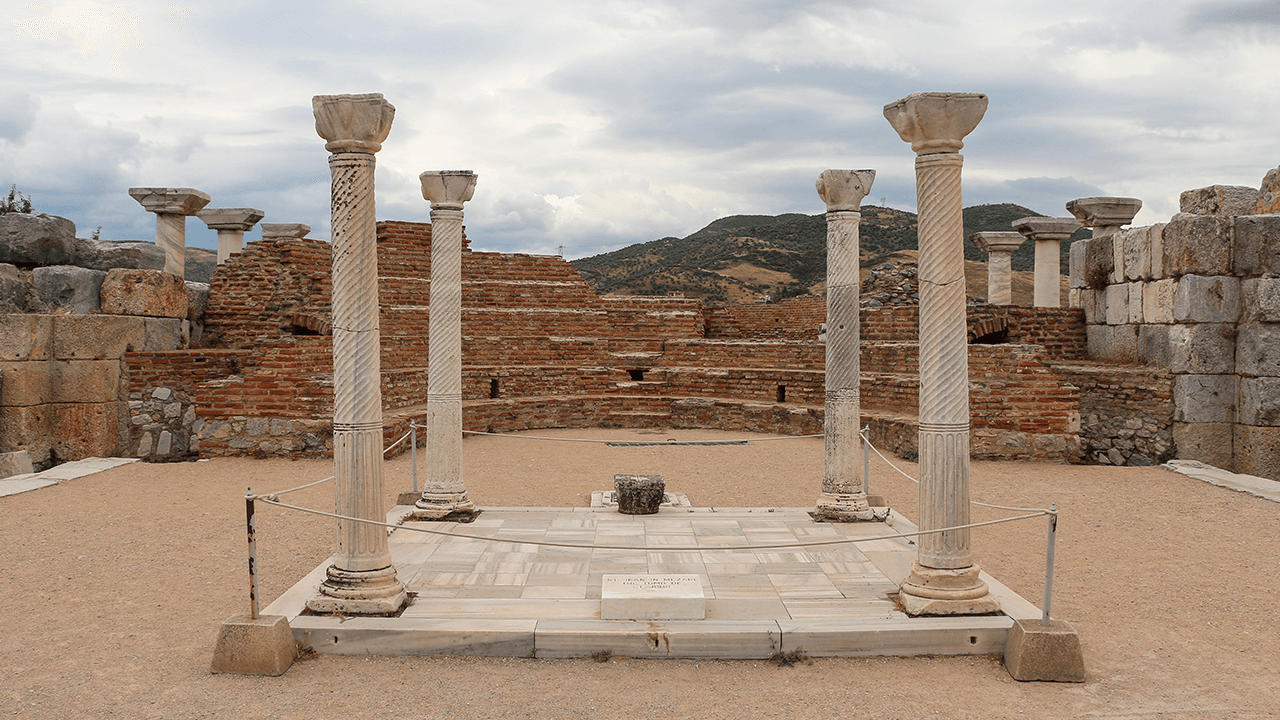
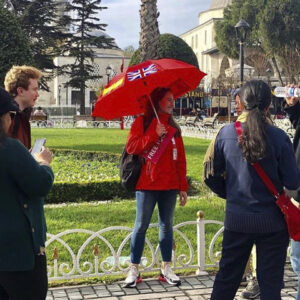




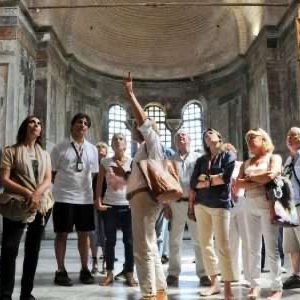
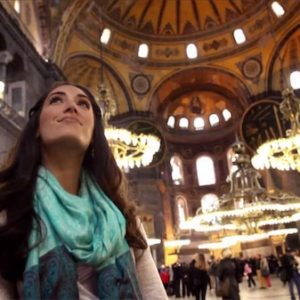



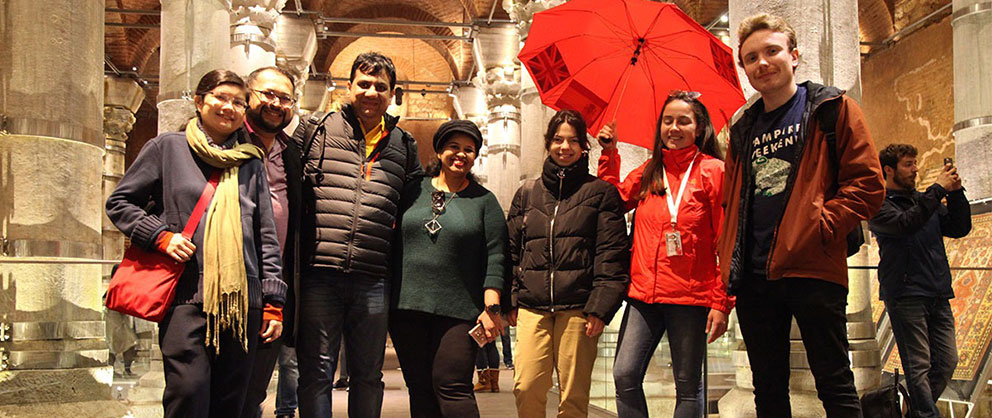
3 thoughts on “The Basilica”
★★★★★
Visiting ‘The Basilica’ was an extraordinary experience, offering insights and enjoyment like no other. Highly recommended!
★★★★★
Looking for an authentic and enriching experience? ‘The Basilica’ is the place to be! Absolutely worth the visit.
★★★★★
Highly recommend visiting ‘The Basilica’—a site rich with history and unparalleled beauty.